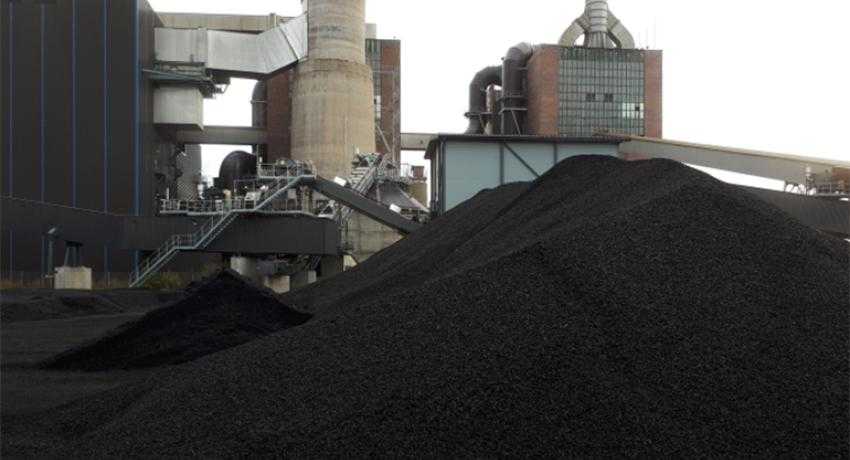Could Renewable Black Pellets Replace Coal?
Mass Production Trial of Renewable Black Pellets in Finland
Policies for the reduction of greenhouse gases and the promotion of renewable energy sources in the US and other countries include support for the use of pellet fuel, which could potentially replace coal as a traditional source of power generation.
Investments in pellet fuel technology until now have been largely focused on white pellets, which are the regular, industrial wood pellets.
Renewable Black Pellets – A Superior Option
An advanced form of wood pellets, popularly known as black pellets (thanks to their appearance following thermal treatment), are now recognized as a more effective fuel compared to the conventional white pellets. Black pellets overcome some of the key deficiencies associated with white pellets when used to substitute coal in thermal power plants.
Some of the important advantages of black pellet include:
- No need to arrange for dry storage and transportation
- Reduced dust formation during storage and handling
- Improved grindability
- Higher specific energy density
Torrefaction: A Technological Approach to Develop Black Pellets
Two unique technological approaches can be adopted to develop an advanced black wood pellet: torrefaction and steam explosion. Out of these, torrefaction is considered more effective and mainstream. Torrefaction is a is a type of pyrolysis that causes partial thermal decomposition when oxygen is absent.
Torrefaction is typically conducted anywhere between 200 and 300 degrees Celsius to separate volatiles from the wood. The resultant material is then densified into pellets. While the benefits of black pellets through torrefaction are well-known, high production costs and technological limitations have prevented its mass-scale adaptation.
Trial of 1,000 tons of Renewable Black Pellets in Finland
Clean Electricity Generation Ltd (CEG) and Turun Seudun Energiantuotanto Oy (TSE) have recently announced the successful combustion, handling, and logistics trial of more than one thousand tons of CEG Renewable Black Pellets at TSE's coal-fired power unit in Finland’s Naantali power plant.
In the co-firing trial, the pellets made from sustainably sourced biomass were used as a drop-in substitute for coal. The renewable black pellets were produced at CEG's High Temperature Torrefaction facility in UK, and delivered via sea to the coal plant in Finland. At the Naantali plant, these pellets were stored outdoors at the existing coal yard of the power station. The pellets were exposed to normal autumn weather and rain.
Using legal coal conveyors, these pellets were transported to the power unit’s coal silos and mills, and finally the coal-fired boiler unit. TSE used the plant’s existing infrastructure during the trial (which was designed for coal). Even the equipment was not modified for the trial.
The trial’s goal was to determine whether fossil coal could be replaced with torrefied pellets in order to produce renewable power without any significant investment at the existing coal facility. The trial also established that black pellets can sustain outdoor weather and transport for a specific time period, just like coal.
The high-energy CEG renewable black pellets showed good grindability, efficient combustion, standard coal handling, and hydrophobic behavior. TSE is now further assessing the technical performance of black wood pellets as the basis for a final fuel replacement decision.




